| [1] 孙兆忠,李瑞.脐血干细胞移植及电针治疗脊髓损伤大鼠神经生长因子及神经营养因子3的表达[J].中国组织工程研究,2015, 19(7):61-66.
[2] 刘琇,章涛.脊髓损伤治疗研究进展[J].实用医学杂志,2014, 30(18):3008-3010.
[3] 胡国芬,王建平.川芎嗪的药理作用及临床应用进展[J].中国药物与临床,2006,6(10):773-774.
[4] 王锁良,申小东,王辉,等.川芎嗪对大鼠脑缺血再灌注损伤后GFAP表达和脑组织水肿的影响[J].神经解剖学杂志,2009,25(4): 427-431.
[5] 马潞,刘文科,张跃康,等.川芎嗪对重型脑损伤组织BDNF, bFGF表达的影响及对神经元的保护作用[[J].四川大学学报,2008, 9(2):207-210.
[6] 杜晓鸣,魏会平.川芎嗪对大鼠骨髓间充质干细胞长期诱导效应的研究[J].中国中医药现代远程教育,2012,10(13):157-158.
[7] Robert M, Trientje B, Mark Jw, et a1. Is additional hyperbaric oxygen therapy cost-effective for treating ischemic diabetic ulcers? Study protocol for the Dutch DAMOCLES multicenter randomized clinical trial? J Diabet. 2015;7(1):125-132.
[8] Nowacki M, Pietkun K, Pokrywczyńska M. Filling effects, persistence,and safety of dermal fillers formulated with stem cells in an animal model. Aesthet Surg J. 2014;34(8):1261-1269.
[9] Lammertse DP. Up date on pharmaceutical trials inacute spinal cord injury. J Spinal Cord Med. 2004;27(4):319-325.
[10] van Gorp S, Leerink M, Kakinohana O, et al. Amelioration of motor/sensory dysfunction and spasticity in a rat model of acute lumbar spinal cord injury by human neural stem cell transplantation. Stem Cell Res Ther. 2013;4(3):57.
[11] Albin RL, Mink JW. Recent advances in Tourette syndrome research. Trends Neurosci. 2006;29:175-182.
[12] 王国玺,王国乾,张树泉.高压氧联合许旺细胞移植脊髓损伤大鼠电生理及后肢功能的变化[J].中国组织工程研究,2015,19(14): 2205-2210.
[13] Phinney DG, Prockop DJ. Concise review. Mesenchymal stem/multipotent stromal cells. the state of transdifferentiation and modes of tissue repair-current views. Stem Cells. 2007;25(11):2896-2902.
[14] Dai G, Liu X, Zhang Z, et al. Comparative analysis of curative effect of CT-guided stem cell transplantation and open surgical transplantation for sequelae of spinal cord injury. J Transl Med. 2013;11:135.
[15] Lucy J, Norcliffe K, Felicia B, et al. Cyclic vomiting associated with excessive dopamine in Riley-day syndrome. J Clin Gastroenterol. 2013;47(2):136-138.
[16] Arinzeh TL. Mesenchymal stem cells for bone repair: preclinical studies and potential orthopedic applications. Foot Ankle Clin. 2005;10(4):651-665.
[17] Zhu H, Yang A, Du J, et al. Basic fibroblast growth factor is a key factor that induces bone marrow mesenchymal stem cells towards cells with Schwann cell phenotype. Neurosci Lett. 2014;559:82-87.
[18] William J, Adams,Guillermo, et al. Novel stem cell-based drug discovery platforms for cardiovascular disease. J Biomol Screen. 2012;17(9):1117-11127.
[19] Woodbury D, Schwarz EJ, Prockop DJ, et a1.Adult rat and human bonemarrow stromal cells differentiate into neurons. Neurosci Res. 2000;1:57-62.
[20] Tamir A1, Petrocelli T, Stetler K, et al.Stetler K.Stem cell factor inhibits erythroiddifferentiation by modulating the activity of Gl-cyclin-dependentkinase complexes: a role for p27 in erythroid differentiation coupled G1 arrest. Cell Growth Differ. 2000;5:269-277.
[21] Klyushnenkova E, Mosca JD, Zernetkina V, et al. T cell responses to allogeneic human mesenchymal stem cells: immunogenicity, tolerance, and suppression. J Biomed Sci. 2005;1:47-57.
[22] 李敬花,张红军,卢旻鹏.硫酸软骨素酶ABC联合骨髓间充质干细胞移植对脊髓损伤后神经功能的恢复作用[J].第三军医大学学报,2015,37(2):122-127.
[23] Le Blanc K, Pittenger M. MesenchymaI stem cells: progress towardpromise. Cytotherapy. 2005;1:36-45.
[24] Jung DI, Ha J, Kang BT, et al. A comparison of autologous and allogenic bone marrow-derived mesenchymal stem cell transplantation in canine spinal cord injury. J Neurol Sci. 2009; 285:67-77.
[25] 阮智,黄慧.异体骨髓间充质干细胞移植治疗大鼠脊髓损伤[J].中国组织工程研究与临床康复,2010,14(36):6729-6732.
[26] Pal R, Gopinath C. Functional recovery after transplantation of bonemarrow-derived human mesenchymal stromal cells in a rat model ofspinal cord injury. Cytotherapy. 2010;12:792- 806.
[27] Cizkova D, Novotna I, Slovinska L, et al. Repetitive intrathecal catheter delivery of bone marrowmesenchymal stromal cells improves functional recovery in a ratmodel of contusive spinal cord injury. J Neurotrauma. 2011;28(9):1951-1961.
[28] Gao HJ, Liu PF, Li PW, et al.Ligustrazine monomer against cerebral ischemia/reperfusion injury. Neural Regen Res. 2015; 10 (5): 832-840
[29] 李虎,万俊,张玲.亚低温、川芎嗪对缺氧缺血性脑病幼鼠脑组织MDA、SOD含量的影响[J].中国医师杂志,2013,15(4):503-504.
[30] 刘云云,赵兴绪.Ca2+信号介导川芎嗪诱导小鼠骨髓间充质干细胞向神经细胞的定向分化[J].甘肃农业大学学报,2010,45(2): 1-9.
[31] Tang Q, Han R, Xiao H, et a1. Neuroprotective effects of tanshinone IIA and/or tetramethylpyrazine in cerebral ischemic injury in vivo and in vitro. Brain Res. 2012;1488: 81-91.
[32] 沈正祥,吕红斌,李小明,等.川芎嗪对大鼠急性脊髓损伤模型caspase-3和nf表达的影响[J].中南大学学报(医学版),2008, 33(8):693-699.
[33] 王善金,夏英鹏,张学利.脊髓损伤的中药治疗研究进展[J].中医正骨,2008,20(2):71-72.
[34] 孙海燕,贾连顺,陈宣维,等.川芎嗪对大鼠脊髓损伤后神经功能恢复作用的研究[J].颈腰痛杂志,2004,25(6):395-398.
[35] 肖志满,吕红斌,王华秀,等.川芎嗪促进脊髓损伤修复的研究进展[J].国际病理科学与临床杂志,2009,29(2):180-184.
[36] 贾宏伟,李艳英.骨髓间充质干细胞移植联合吡拉西坦修复大鼠脊髓损伤[J].中国组织工程研究与临床康复,2011,15(10): 1783-1788.
[37] Kuyucu E, Bülbül M, Kara A, et al. Is cold therapy really efficient after knee arthroplasty? Ann Med Surg (Lond). 2015;4(4):475-478.
[38] Desteli EE, Imren Y, Ayd?n N. Effect of both preoperative andpostoperative cryoceutical treatment on hemostasis and postoperative pain following total knee arthroplasty. Int J Clin Exp Med. 2015;8(10):19150-19155.
[39] Wang F, Zhou Y, Sun J, et al. Influences of continuous femoral nerve block on knee function and quality of life in patients following total knee arthroplasty. Int J Clin Exp Med. 2015; 8(10):19120-19125.
[40] Calatayud J, Casaña J, Ezzatvar Y, et al. High-intensity preoperative training improves physical and functional recovery in the early post-operative periods after total knee arthroplasty: a randomized controlled trial. Knee Surg Sports Traumatol Arthrosc. 2016.
[41] Notte BB, Fazzini C, Mooney RA. Reiki's effect on patients with total knee arthroplasty: A pilot study. Nursing. 2016;46(2): 17-23.
[42] Furu M, Ito H, Nishikawa T, et al. Quadriceps strength affects patient satisfaction after total knee arthroplasty. J Orthop Sci. 2016;21(1):38-43. |
.jpg)

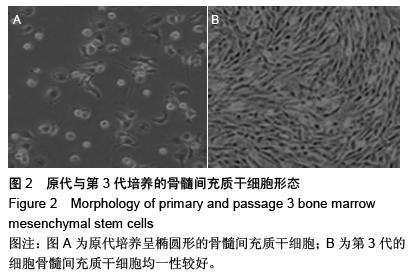
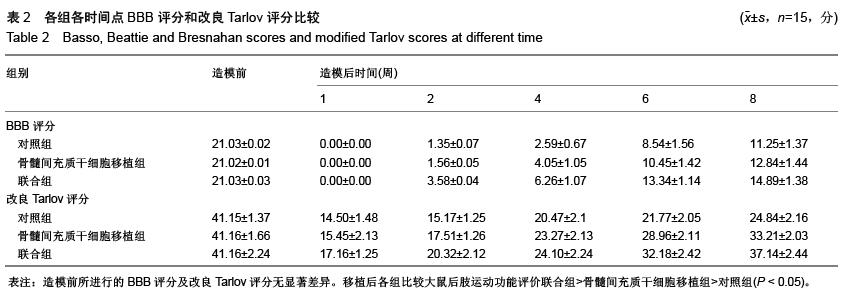
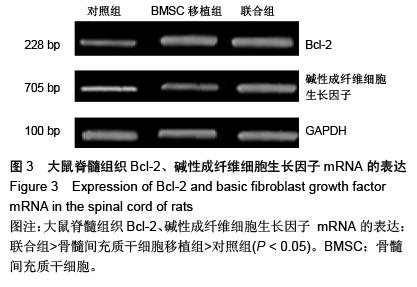
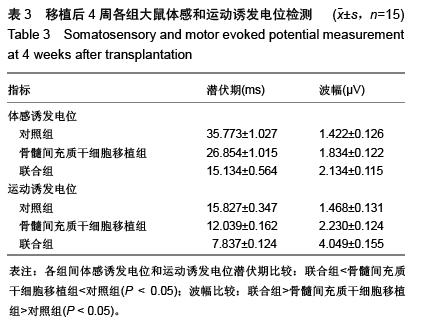
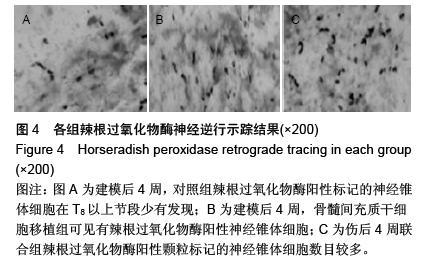
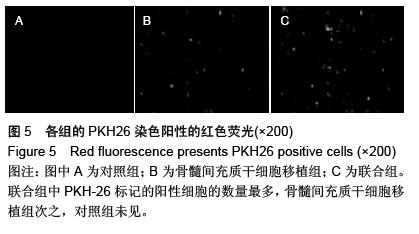
.jpg)